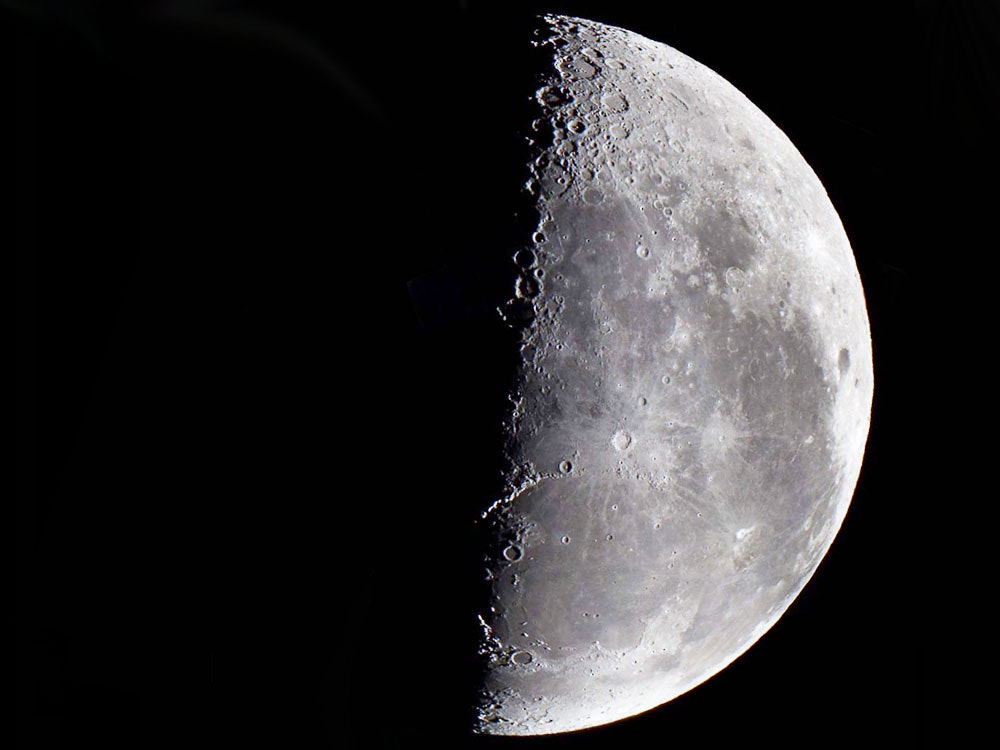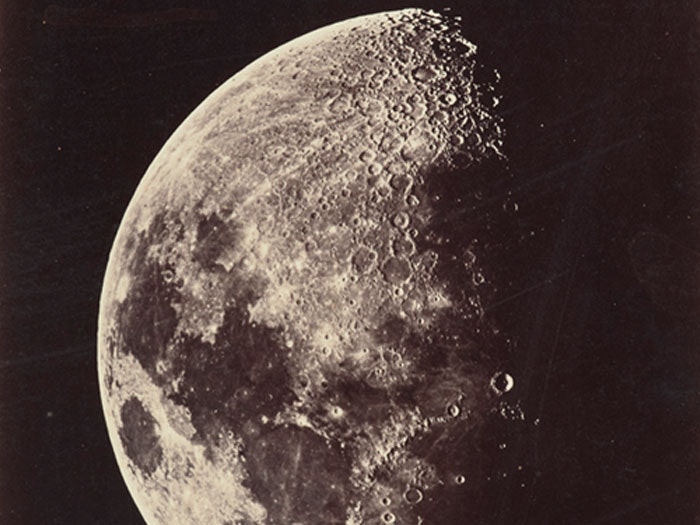
What is the Maramataka | the Māori lunar calendar?
The Māori calendar begins in Pipiri (June/July) with the reappearance of the Matariki star cluster signalling the New Year. Learn the names of the months and nights in the traditional Maramataka.
Free museum entry for New Zealanders and people living in New Zealand
Open every day 10am-6pm
(except Christmas Day)
Free museum entry for New Zealanders and people living in New Zealand
For some people the Matariki star cluster is made up of seven stars, while for others it’s nine. So which is it? Both.
We’re often asked about the number of stars that make up the Matariki cluster.
You may have read that it is made up of seven stars: Matariki, Pōhutukawa, Tupuānuku, Tupuārangi, Waitī, Waitā, and Ururangi. You also may have read that is contains nine stars: those already mentioned, plus Waipunarangi and Hiwa-i-te-Rangi.
As Matariki is known by other names elsewhere in the world, including Pleiades and Subaru, the “seven stars” is also related to the ‘Seven Sisters’ of Greek mythology.
The information that you will find on this website and in other sources will differ because different iwi share different kōrero regarding Matariki.
Some iwi are unable to see Matariki from their rohe, while some iwi herald the new year with a star named Puanga – kōrero tuku iho passed down will differ between iwi, hapū, and whānau.
Traditionally, Māori observed a maramataka guided by the phases of the moon and our natural world. Because of this, the dates to celebrate the Matariki period will also differ from year to year and will be dependent on where in Aotearoa you live.
Since we began celebrating Matariki at Te Papa we have been guided by the many iwi that have participated in our iwi in residence programme and in this way, kōrero has evolved over that time to acknowledge the iwi in residence while also acknowledging the rohe in which Te Papa is situated, Te Whanganui-a-Tara. Matariki is visible in our rohe.
As such, we acknowledge the nine stars of Matariki.

The Māori calendar begins in Pipiri (June/July) with the reappearance of the Matariki star cluster signalling the New Year. Learn the names of the months and nights in the traditional Maramataka.

In the traditional Māori Maramataka, or lunar calendar, the new year begins with the first new moon following the appearance of Matariki (Pleiades) on the eastern horizon. Usually this takes place in the period June-July.

Discover the nights in the Māori lunar month, and the activities related to them.